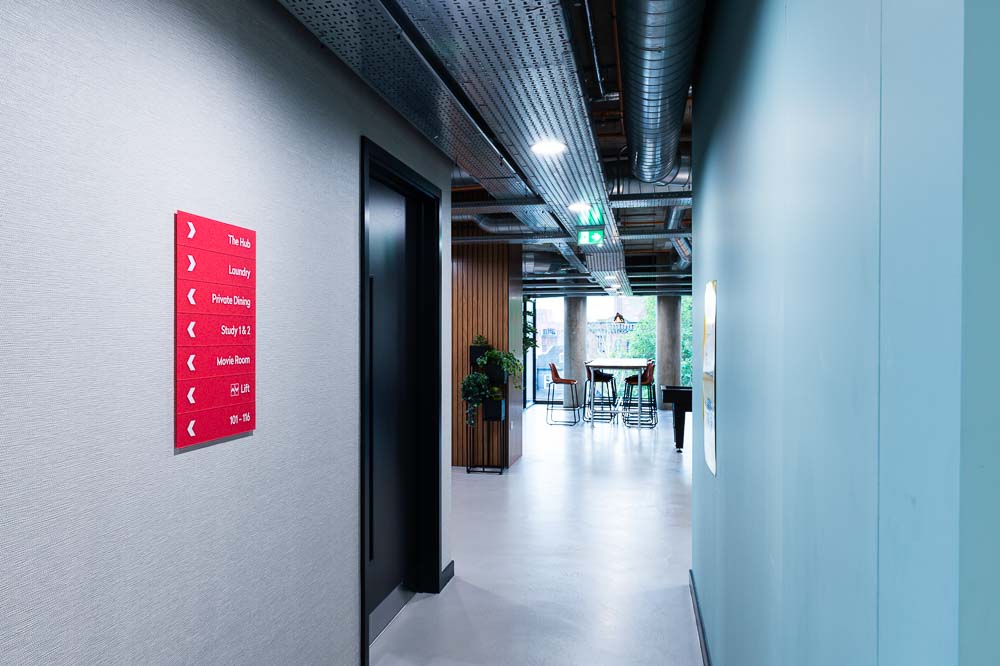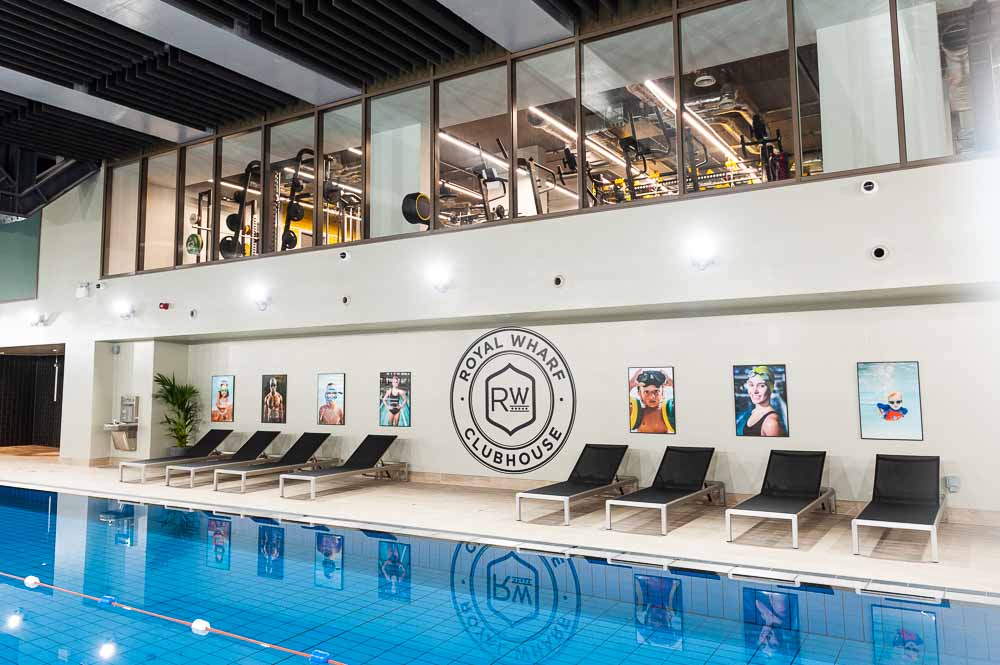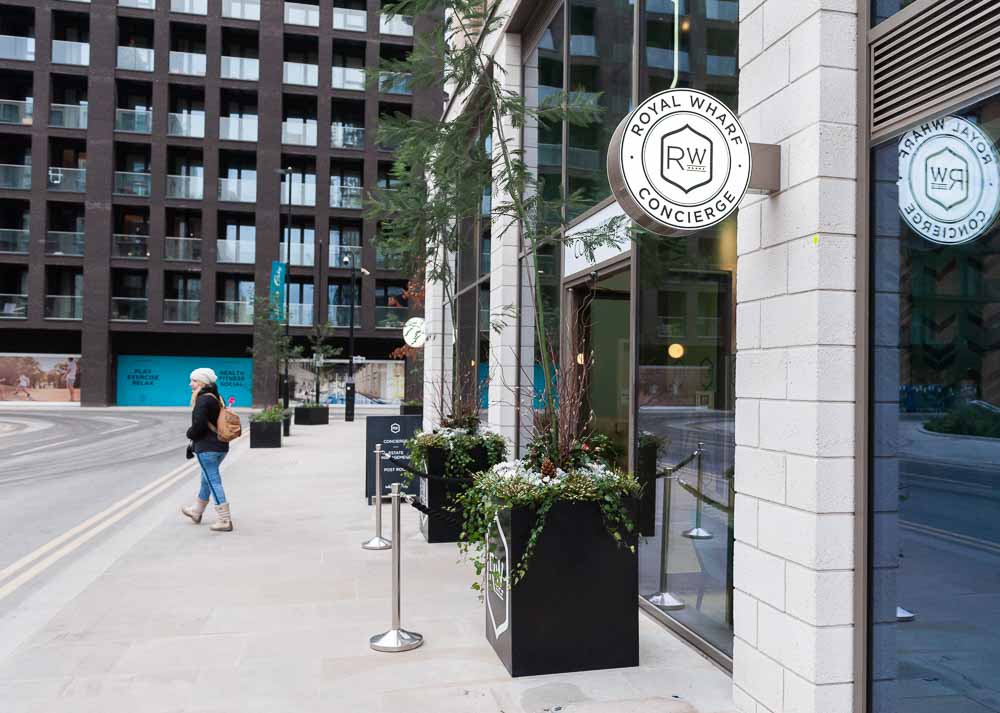The continued growth of urban areas is creating ever-greater demand for smart residential spaces. Modern apartments offer residents a mix of design and convenience, but the marketplace for contractors is competitive. Sales and marketing teams have a role to play in offering apartments to buyers to help engineer a quick sale. Whilst the choice for the buyer will be made primarily on location, size, layout and proximity to amenities, other factors can help to impress potential buyers. When residential spaces are aiming to attract high-end clients, the décor and finishing touches help to create a sense of community and well-being. That’s where signage in residential areas can become a distinguishing feature.
London has 360 buildings of 20 storeys or more, but there are another 540 currently in the pipeline, with a spike of completions due in 2020 and 2021. Modern tower blocks in London are often more synonymous with wealth and luxury living than the tower blocks of London’s previous generations. Signage and wayfinding can become a part of the ecosystem of luxury residential spaces, reinforcing a homely feel, a safe haven away from the outside world. Use of luxury materials in signage design such as stainless steel, brass, ceramic powder coating and frosted lucite can help to separate residential spaces from the competition, making them more attractive to buyers.
Creating a modern and classy residential area requires a signage scheme that utilises minimalism as a key principle, rather than a large, garish sign scheme. Individual cut letters and numerals in classic stainless steel will stand the test of time and retain aesthetic qualities through the weathering of inner-city living.
The role of signage designer is to blend wayfinding instructions with aesthetic and architectural design. Wayfinding signs can be split in to three types:
Identification. Whether they display the name or number on the outside of the door, the identification sign should be a clear and simple relaying of what is located at that spot.
Directional. Informative directional signs are the key to ensuring that the residential area doesn’t become a maze. Directional signs should be placed at junctions and locations along wayfinding routes.
Informational. What floor are you one? Where are the stairs or lifts? There is all manner of building information that people will need to know that can be posted in a number of innovative ways.
Signage for high-class residencies can be created in any form, blending bespoke materials with xsign’s range of patented fixing methods to provide both choice and aesthetics for Architects and Contractors.



